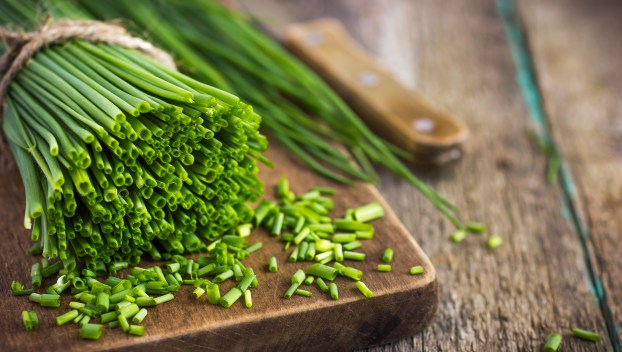
Lifestyles
FROM ONE GARDENER TO ANOTHER: Chives — An herb for every garden
There aren’t many herbs that I would label as iron-clad, but if I had to pick one, it ... Read more

There aren’t many herbs that I would label as iron-clad, but if I had to pick one, it ... Read more